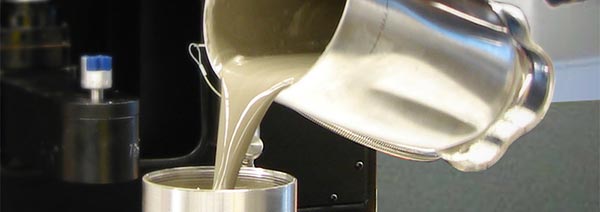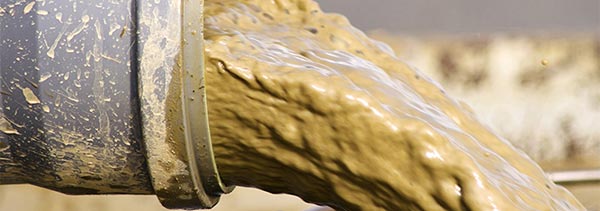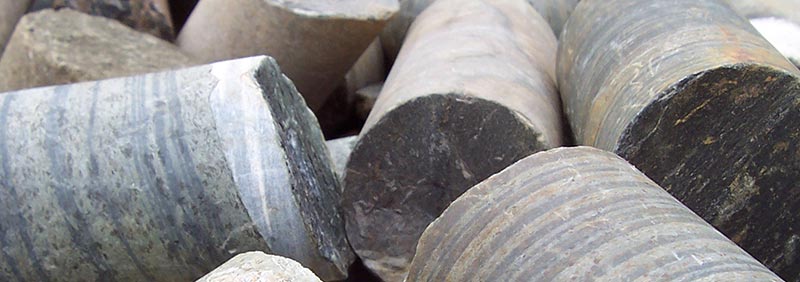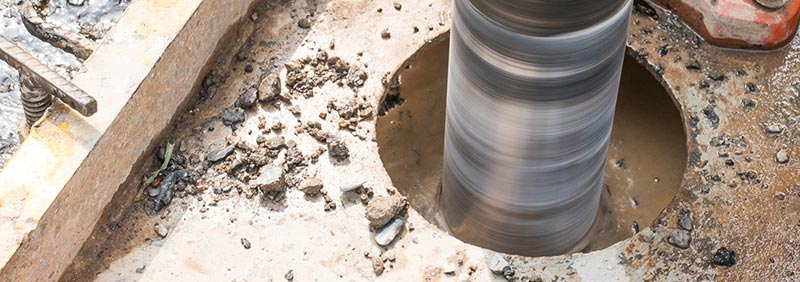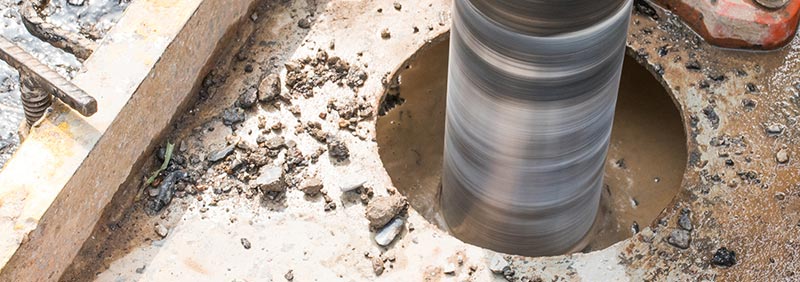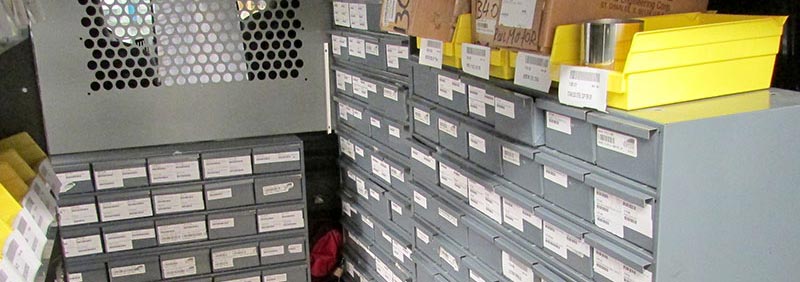Newsroom
Alkalinity of Drilling Fluids
Alkalinity is one of the most important chemical properties of drilling fluids. But what it is? And how does it affect drilling fluid performance?
Alkalinity is the acid neutralizing power of a fluid. In drilling fluid testing, alkalinity can be measured on either whole mud (designated with a subscript "df") or on the filtrate (designated with a subscript "f"), as collected with a filter press. The data collected from the alkalinity test can also be used to estimate the concentrations of hydroxyl (OH-), carbonate (CO3-2) and bicarbonate (HCO3-) ions in the drilling fluid.
Knowledge of the whole mud and filtrate alkalinities is important in many drilling operations to ensure proper control of the drilling fluid chemistry. Additives, particularly some deflocculants, require an alkaline environment to function properly. Alkalinity arising from hydroxyl ions is generally considered beneficial, while alkalinities resulting from carbonates or bicarbonates can have adverse affects on the drilling fluid performance.
The ions that are primarily responsible for filtrate alkalinities are the hydroxyl (OH-), carbonate (CO3-2), and bicarbonate (HCO3-) ions. It is important to realize that the carbonate ions can change from one form to another by changing the pH of the solution. The interpretation of filtrate alkalinities involves calculating differences between the titration values obtained by the API procedures. Special attention to accurate measurements of the various reagents is important in all steps of the procedure. Additionally, it is important to realize that the calculations in the API titration procedure are only estimates of the concentrations of the reported ions based on theoretical chemical equilibrium reactions.
The composition of drilling fluid filtrates is often so complex that the interpretation of alkalinities in terms of estimated ionic components can be misleading. Any alkalinity value represents all the ions that react with the acid in the pH range over which that value was tested. Inorganic ions that can contribute to the alkalinity (in addition to the hydroxyl, carbonate, and bicarbonate ions) are borates, silicates, sulfides, and phosphates. Perhaps more serious in drilling fluids are anionic organic thinners, filtrate reducers, and their degradation products that can contribute to a large portion of the alkalinity value as well as masking the endpoint color change. These organic materials make a particularly large contribution to the Mf alkalinity and thus render the test highly inaccurate in drilling fluids treated with organic thinners. However, for simple bentonite-based drilling fluid systems containing no organic thinners, the Pf and Mf alkalinities can be used as guidelines to determine both the presence of carbonate/bicarbonate contamination and the treatment necessary to alleviate the contamination.
Testing for alkalinity is a simple titration procedure. Several OFITE kit contain the necessary reagents and labware to perform the test:


